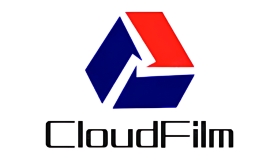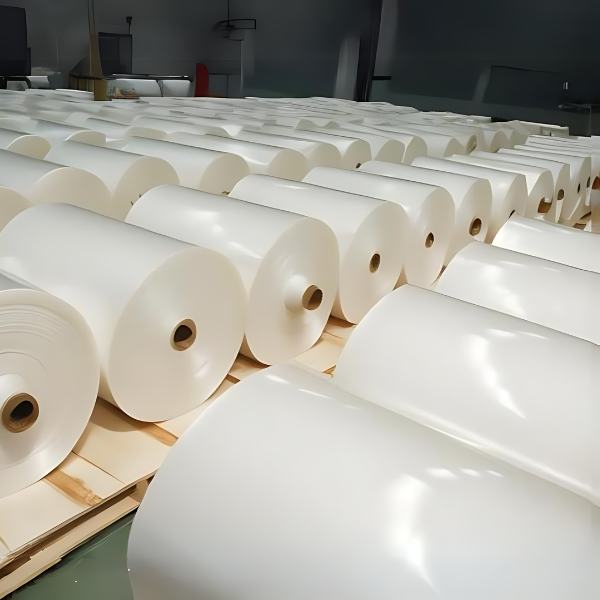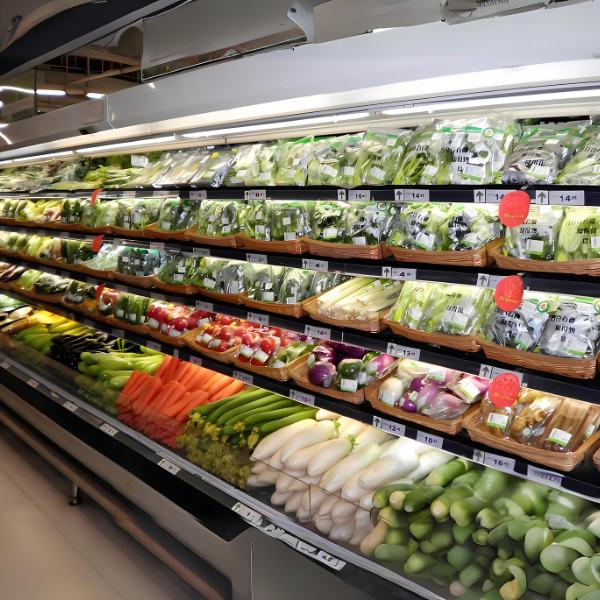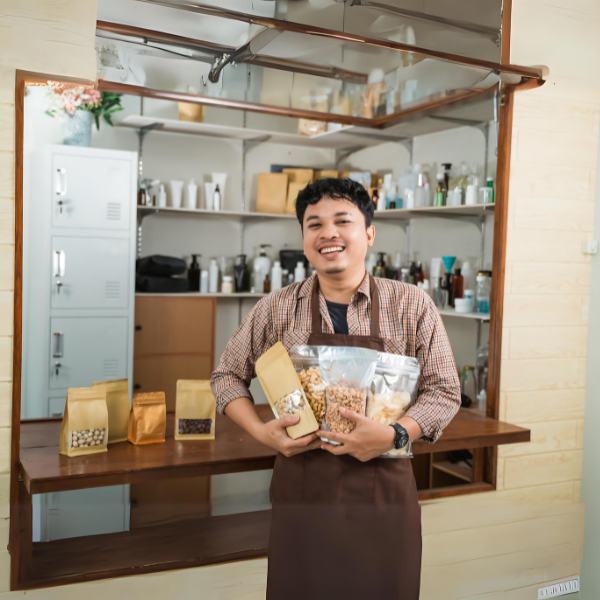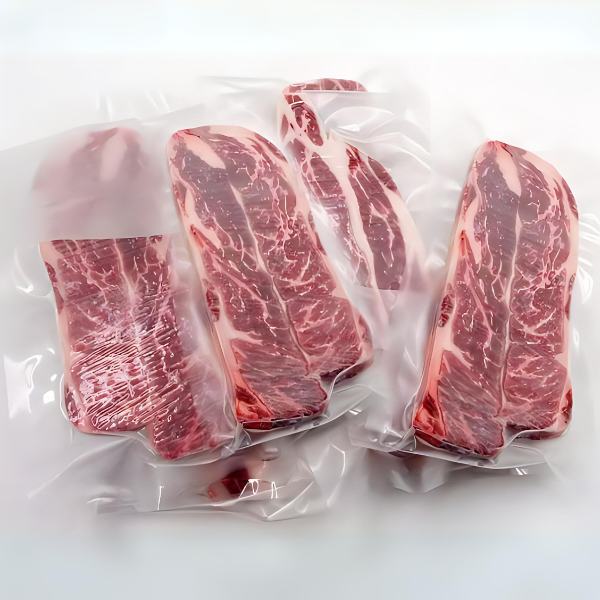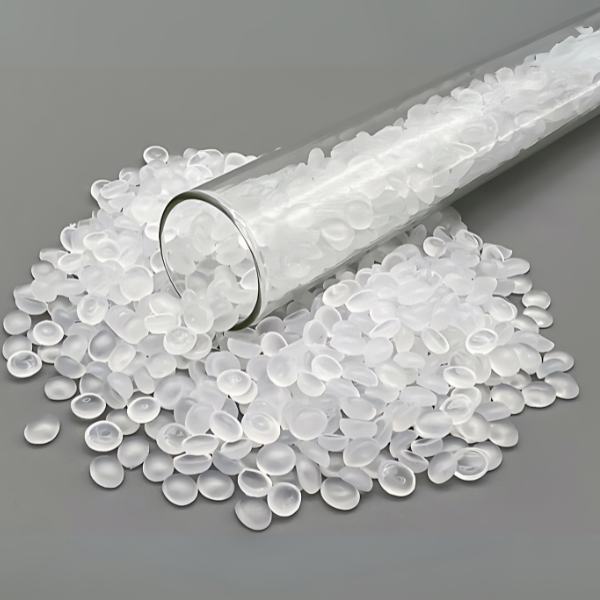It is well known that composite bags are made from two or more materials through printing, laminating, and bag making. The selection of materials and the structure are determined based on your requirements and the characteristics of the contents within. The main structure consists of a printing layer, a heat-seal layer, or a printing layer, a barrier layer, and a heat-seal layer, among others, providing flexible packaging solutions that meet the evolving needs of the industry.
Printing Layer Materials
The materials for the printing layer must undergo corona treatment of over 36 dynes (single side is sufficient). Its function is to firmly adsorb ink and glue, thereby preventing delamination after lamination, crucial for digital flexible packaging.
Nylon
Also known as BOPA, it exhibits excellent gas barrier properties, is primarily used in the lamination of vacuum bags, and can also serve as a composite material for high-temperature cooking bags or be used as an intermediate material.
Nylon/PE has good strength and can be used as a composite material for ordinary vacuum bags, suitable for packaging rice, frozen foods, etc.
Nylon/PE/CPE is impact-resistant with good strength and suitable for packaging products that require resistance to squeezing and dropping.
Nylon/R-CPP is heat-resistant with good strength, making it suitable as a composite material for high-temperature cooking bags.
PET
Also known as Biaxially Oriented Polyethylene Terephthalate.
PET/PE and PET/PE/CPP have good mechanical properties and are suitable for packaging some powder items and medical equipment.
PET/AL/R-CPP offers high barrier performance, and heat resistance, and is suitable for sterilization cooking bags due to its capability to withstand high temperatures.
KOP
Coating the base material of OPP with a layer (K-Polyvinylidene Chloride, PVDC) enhances its barrier properties (especially in terms of the gas barrier), making it also suitable for moisture-proof packaging.
KOP/PE, and KOP/CPP are fragrance-preserving and are better barrier composite materials, suitable for packaging items such as jerkies, dried tofu, etc.
OPP
Also known as BOPP, it is characterized by its good transparency and hygienic properties, making it an environmentally friendly packaging material that is also cost-effective.
OPP/CPP, and OPP/PE feature high transparency, simple manufacturing processes, and low cost, making them suitable for packaging candies, ornaments, and similar items.
PTT
It is OPP’s matte film has a high haze level, ranging from 40-70%, and is semi-translucent. It is primarily used for packaging snacks such as prunes, cherries, etc., to enhance their pattern effects and give a sense of layering. The composite materials include PTT/PE, PTT/CPP, and so on.
TNylon
Co-extruded nylon is a composite of NYLON+PE co-extruded together. It has high tear strength, good gas barrier properties, and a tensile strength greater than PE but less than NYLON; its elongation rate is greater than NYLON but less than PE, mainly suitable for heavy-duty packaging or vacuum packaging.
The typical composite structure is TNYLON/PE, mainly used for rice bag packaging.
Barrier Layer Materials
The barrier layer, or the middle layer, requires double-sided corona treatment of over 36 dynes. This material primarily acts as a barrier against oxygen and moisture (some materials also have a light-shielding effect). Its main function is to protect the food inside, extend the shelf life, and effectively preserve the original color, aroma, and taste of the food.
In the international packaging community, the barrier properties of materials are commonly classified into three levels:
- High barrier (oxygen transmission rate below 10 mL), with materials such as aluminum foil and PVDC (Polyvinylidene Chloride resin), currently considered high barrier materials for flexible packaging.
- Medium barrier (oxygen transmission rate between 10-150 mL), such as nylon and polyester (PET).
- Low barrier (oxygen transmission rate above 150 mL) materials include PE (Polyethylene), PP (Polypropylene), etc.
Here are several common types of intermediate materials:
AL
It has good glossiness and a metallic sheen, easy to press into shape. Its barrier properties are very good, capable of blocking gas, water, and light.
Pearlescent Film
It is made from OPP mixed with pearlescent pigments, offering a light-blocking pearl color. It can be used as an intermediate material, suitable for packaging items like ice cream and noodles, enhancing the perceived quality of the packaged products.
VMPET
It possesses a metallic luster, good barrier properties, and is extensible. Its barrier performance is slightly inferior to pure aluminum, but it is cheaper to produce.
Heat Seal Layer Materials
This material requires single-sided corona treatment of over 36 dynes, and some materials have heat-sealing properties through the coating, such as heat-sealable BOPP and PET.
Below are some commonly used heat seal layer materials:
PE,CPE
They have high elongation, tear resistance, good heat resistance, and are cost-effective. PE is also known for its good hygienic properties and is called the “flower of plastics.”
CPP
It has good glossiness, high transparency, high elongation, and tear resistance. It is also one of our commonly used base materials. Additionally, R-CPP is a type of heat-resistant CPP, with other properties similar to CPP.
TCS
It has high elongation, tear resistance, and good slipperiness. It is generally suitable for heavy-duty packaging or base materials for lids, but it is more expensive.
EVA
It has a lower heat sealing temperature, good glossiness, excellent flexibility, and cold resistance. Modified EVA can be easily torn and is commonly used as a peelable lid film for yogurt, jelly, cold drinks, etc., with structures such as PET/PE/EVA, PET/VMPET/PE/EVA, etc.
Several Commonly Used Product Structures
Ordinary Packaging Structure
OPP/CPP, OPP/CPE, or PE, etc., mainly use ordinary composite inks for printing and ordinary glue for lamination. The composite strength is generally above 1N. Its main features are high transparency, simple production process, and low cost. It is suitable for packaging snacks, cereals, candies, frozen foods, ornaments, clothing, etc.
Vacuum Packaging Structure
Nylon/CPE or CPP, co-extruded nylon/CPE, etc., can use ordinary composite inks for printing and ordinary glue for lamination, with good composite strength. Its main feature is good gas barrier properties, suitable for packaging some ordinary vacuum-packed foods, such as rice, frozen foods, etc.
The former can also use nylon composite inks for printing and nylon glue for lamination, with high composite strength, capable of withstanding 100°C sterilization, suitable for packaging some ordinary low-temperature sterilized foods like bamboo shoots, sausages, etc.
High-Temperature Cooking Packaging Structure
Nylon/R-CPP, PET/AL/R-CPP, etc., are mainly used for printing and lamination, with high composite strength. The former has high transparency and good water resistance, suitable for packaging some vacuum-packed high-temperature cooking foods like bamboo shoots, marinated foods, etc.
The latter has high barrier properties, good gas, and light barrier properties, and is suitable for packaging some high-temperature sterilized foods like sweet corn, cooked foods, etc.
Barrier Packaging Material Structure
Depending on the packaged items, there can be many types. For packaging tea bags, coffee, medicines, high-end biscuits, shampoo, etc., PET/PE/AL/PE/CPP, PET/VMCPP, PET/VMPET/PE/CPP, or R-CPP can be used, featuring UV resistance, high mechanical strength, impact resistance, and high barrier properties, mainly using nylon composite inks for printing and nylon glue for lamination.
For packaging dried tofu, jerky, medical equipment, biscuits, snacks, etc., KOP/PE/CPE, PET/PE, KOP/CPP, PET/PE/CPP, etc., can be used, mainly using ordinary composite inks for printing and ordinary glue for lamination, with good mechanical properties, high strength, and high water resistance, forming a medium barrier packaging combination.
Easy-Tear Lid Material Packaging Structure
PET/VMPET/TCS, PET/PE/EVA, PET/CPE, etc., can use ordinary composite inks for printing and ordinary glue for lamination. Its main feature is easy opening, suitable for packaging pudding lids and food lids, etc.
Anti-Fog Packaging Structure
OPP/Anti-fog PE, using ordinary composite inks for printing and anti-fog glue for lamination. Its main feature is the anti-fog function, suitable for packaging heated foods like roast chicken, etc.
Conclusion
This text provides a detailed introduction to the structure, material selection, and application areas of composite packaging bags. Different types of materials such as Nylon, PET, KOP, and OPP each serve specific functions, such as barrier properties, transparency, and hygiene. By carefully selecting materials for the printing layer, barrier layer, and heat-seal layer, packaging solutions that meet the specific requirements based on the characteristics of the contents can be designed.
The text also lists several common product structures, including ordinary, vacuum, high-temperature cooking, and barrier types, each targeting different packaging needs and application scenarios. This information is very useful for those looking for suitable packaging materials and structures in the food, pharmaceutical, and other industries.
